Moonlight mission "Bereshit" - eight milestones of success and $ 1 million from the "XPRIZE Foundation" (assuming a successful landing)

At the moment, the flight of the Bereshit apparatus lasts more than 35 days, more than 5 million kilometers have been traveled, a little more than 13 days left before landing on the Moon, which is scheduled for April 11, 2019.
On March 28, 2019, the XPRIZE Foundation's premium innovation support fund announced that there would still be a small technical achievement prize for the SpaceIL organization. But provided that the lunar mission will be completed as planned, and the award will be presented after analyzing the landing and summing up the results.
In continuation of this publication: Google Lunar X Prize: no winners .
')
It turns out that there is a winner, or rather, after landing.
Previously published materials about the mission "Bereshit":
1. Moonlight mission "Bereshit" - an online portal with a simulator of the trajectory and monitoring of current flight parameters .
2. Moon mission “Bereshit” - selfies against the background of the Earth .
3. Moonlight mission “Bereshit” - the engineers at the SpaceIL and Israel Aerospace Industries (IAI) MCC solved the problems .
4. Lunar mission "Bereshit" - the characteristics of the apparatus, a series of maneuvers and the longest journey to the moon .
5. Lunar mission "Bereshit" - the fourth maneuver is completed successfully, preparations are under way to enter the lunar orbit .
6. Moonlight mission "Bereshit" - the first video from the onboard camera and new photos in outer space .
2. Moon mission “Bereshit” - selfies against the background of the Earth .
3. Moonlight mission “Bereshit” - the engineers at the SpaceIL and Israel Aerospace Industries (IAI) MCC solved the problems .
4. Lunar mission "Bereshit" - the characteristics of the apparatus, a series of maneuvers and the longest journey to the moon .
5. Lunar mission "Bereshit" - the fourth maneuver is completed successfully, preparations are under way to enter the lunar orbit .
6. Moonlight mission "Bereshit" - the first video from the onboard camera and new photos in outer space .
The main characteristics of the mission and lunar apparatus "Bereshit":
- the beginning of the mission: February 22, 2019;
- the planned end of the mission: landing April 11, 2019, loss of communication with the device April 14, 2019;
- the trajectory of movement to the moon (in fact - the maximum of the possible): complex, changeable by performing a series of maneuvers (turning on the engines for a few seconds or even minutes) to increase the apogee of its elliptical upholstery after each turn around the Earth.
- the height of the Bereshit apparatus is about 1.5 meters, the diameter is 2 meters (2.3 meters between the landing supports);
- weight 530 kilograms with fuel (fuel weight - 380 kg), 150 kg without fuel;
- main engine: modification LEROS 2b;
- the main element of the on-board computer: Gaisler HiRel GR712RC dual-core processor;
- six 8-megapixel cameras Imperx Bobcat B3320C with Ruda optics;
- scientific instruments: magnetometer, an array of corner laser reflectors.
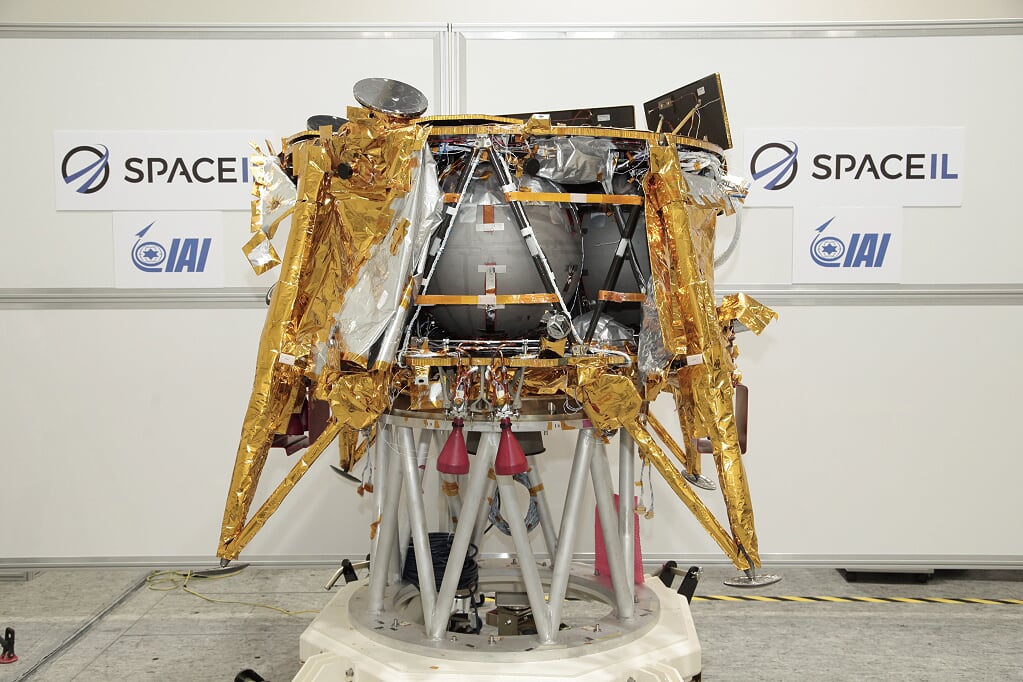
- the planned end of the mission: landing April 11, 2019, loss of communication with the device April 14, 2019;
- the trajectory of movement to the moon (in fact - the maximum of the possible): complex, changeable by performing a series of maneuvers (turning on the engines for a few seconds or even minutes) to increase the apogee of its elliptical upholstery after each turn around the Earth.
- the height of the Bereshit apparatus is about 1.5 meters, the diameter is 2 meters (2.3 meters between the landing supports);
- weight 530 kilograms with fuel (fuel weight - 380 kg), 150 kg without fuel;
- main engine: modification LEROS 2b;
- the main element of the on-board computer: Gaisler HiRel GR712RC dual-core processor;
- six 8-megapixel cameras Imperx Bobcat B3320C with Ruda optics;
- scientific instruments: magnetometer, an array of corner laser reflectors.

About the landing site of the vehicle "Bereshit":
According to estimates, the Bereshit device should make a soft landing on April 11, 2019 on a dark lava plain known as the Sea of Clarity, not far from the region in which the Apollo 17 mission astronauts leaped on December 11, 1972.
In SpaceIL promised to record the landing on video and show after a while in the public domain.
The planned landing area of the vehicle "Bereshit":
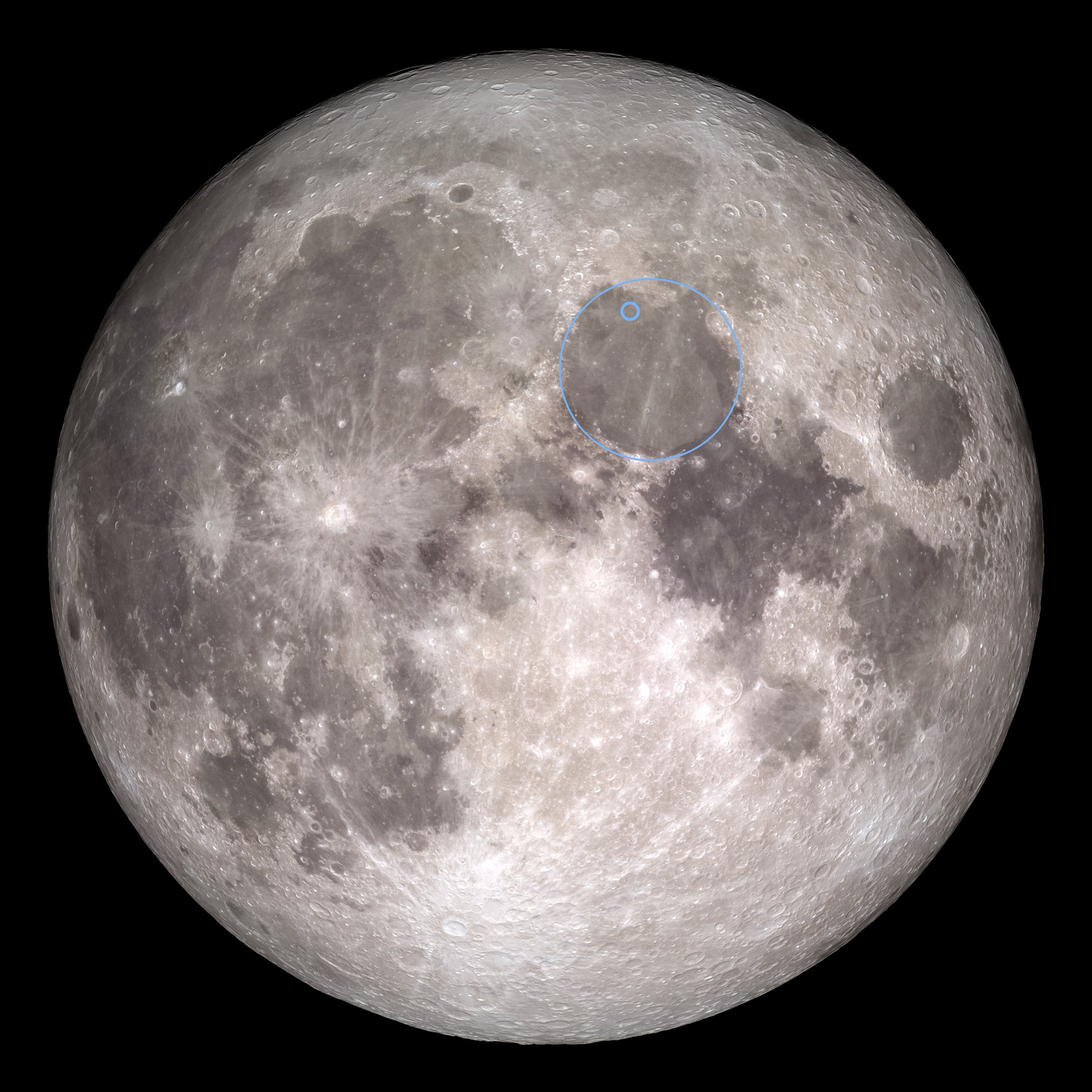


The Bereshit unit has no thermal protection and cooling systems, the estimated operating time on the lunar surface is about two terrestrial days (three days maximum), then its electronics will fail due to overheating, communication with the apparatus will be lost, and it will become a new lunar a monument in the Sea of Clarity, next to Lunokhod-2 (Luna-21 mission) and modules of the Apollo-17 mission.
The date April 11, 2019 is chosen based on the fact that on the surface of the moon in the landing zone at this time will be sunny, but not hot. But the temperature on the lunar surface reaches + 127 ° C, depending on the degree of illumination.
Thus, the Bereshit apparatus should land in the northern part of the Sea of Clarity 48 hours after dawn in this region, when the temperature will be relatively low.
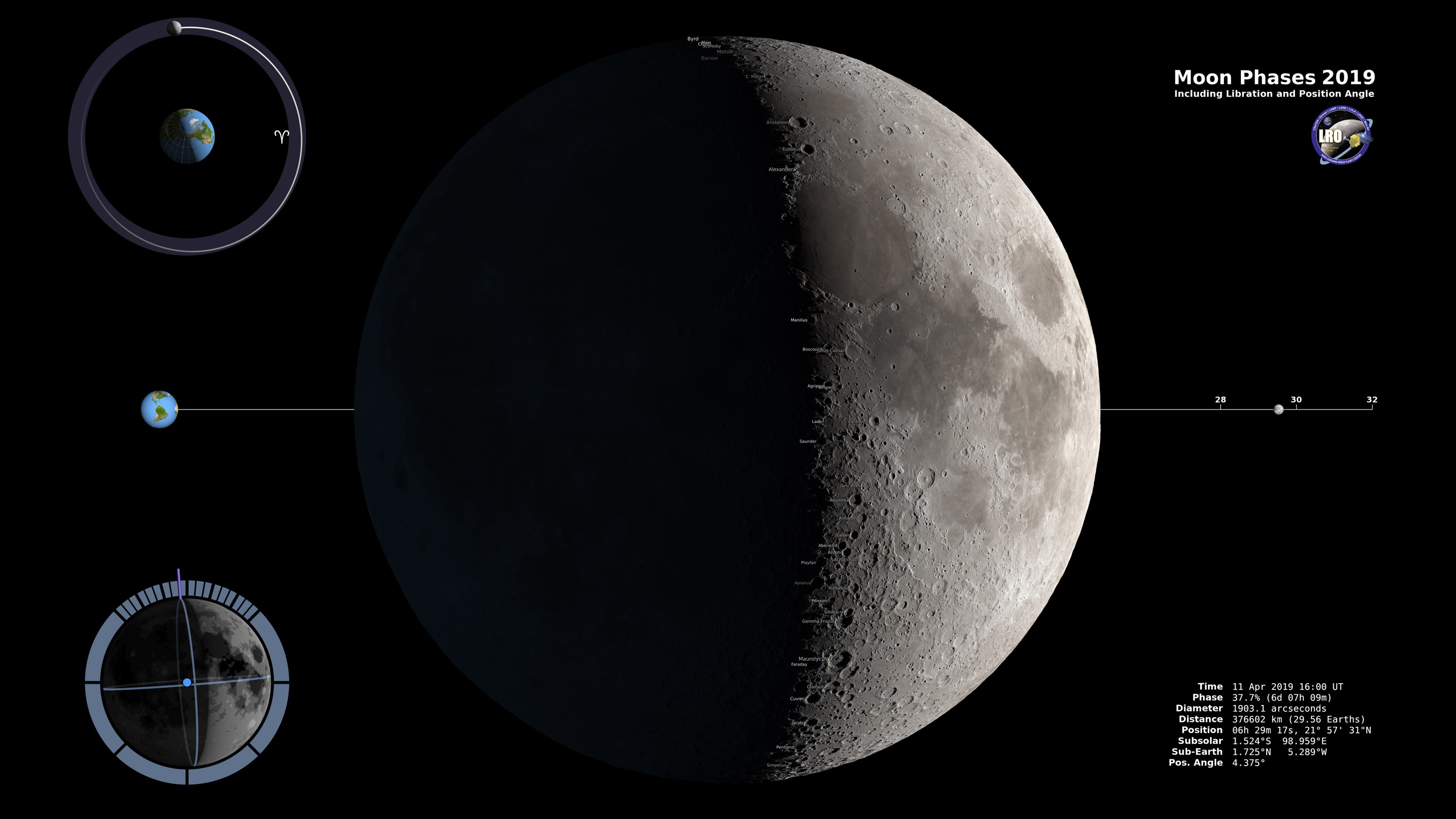
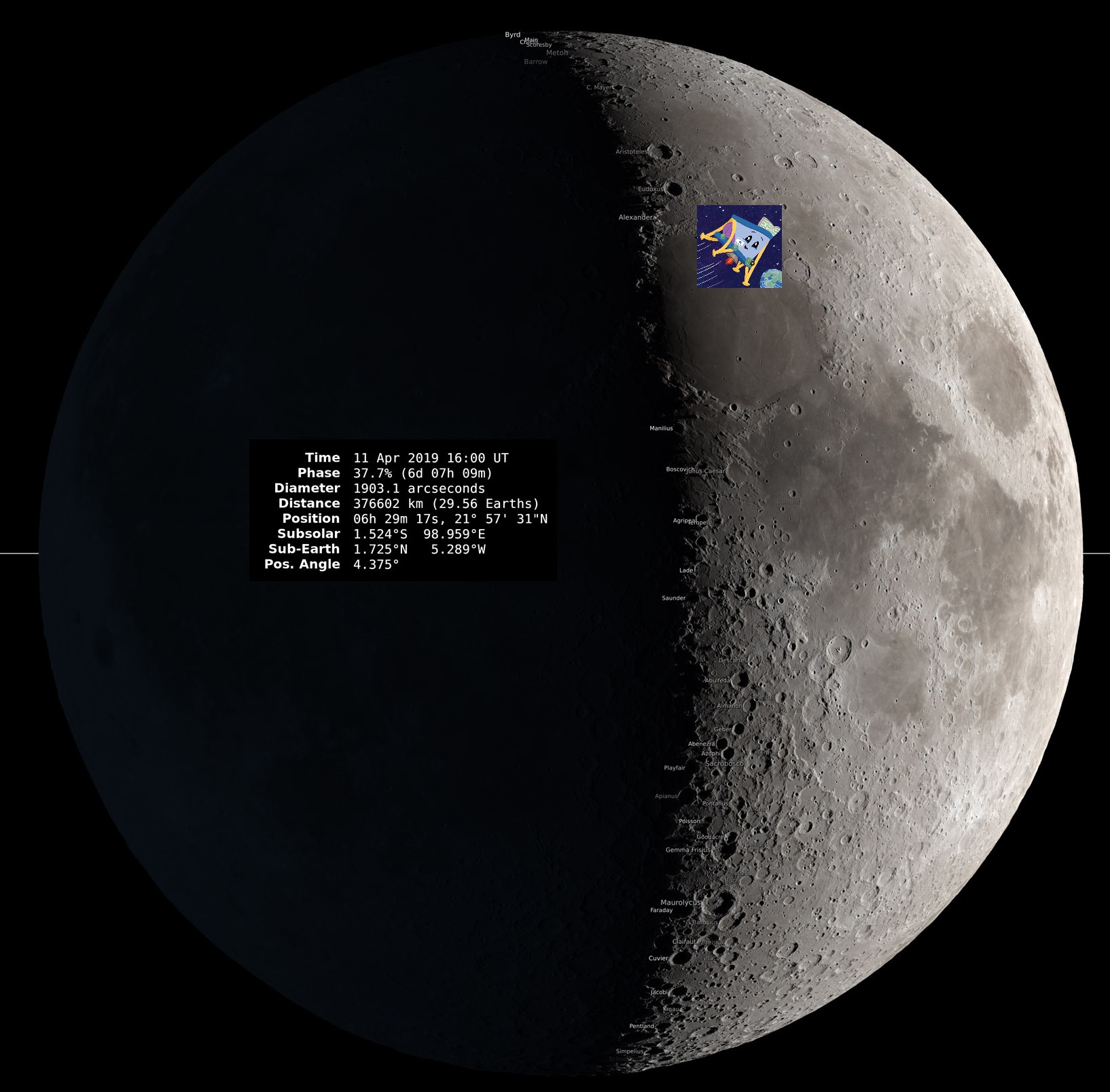
In SpaceIL promised to record the landing on video and show after a while in the public domain.
The planned landing area of the vehicle "Bereshit":



The Bereshit unit has no thermal protection and cooling systems, the estimated operating time on the lunar surface is about two terrestrial days (three days maximum), then its electronics will fail due to overheating, communication with the apparatus will be lost, and it will become a new lunar a monument in the Sea of Clarity, next to Lunokhod-2 (Luna-21 mission) and modules of the Apollo-17 mission.
The date April 11, 2019 is chosen based on the fact that on the surface of the moon in the landing zone at this time will be sunny, but not hot. But the temperature on the lunar surface reaches + 127 ° C, depending on the degree of illumination.
Thus, the Bereshit apparatus should land in the northern part of the Sea of Clarity 48 hours after dawn in this region, when the temperature will be relatively low.


The difficult way to implement the mission "Bereshit" from SpaceIL:
More than eight years ago, SpaceIL was created, which is mainly supported by private investors, including American magnate Sheldon Adelson and billionaire Morris Kahn, who are also co-determinants of Amdocs (DOX), one of Israel’s largest companies.
SpaceIL employs about 200 people, most of whom are volunteer scientists and engineers who “strive to promote the development of technological and scientific progress in Israel.”
The total cost of the development, preparation and organization of all actions for the implementation of the Bereshit project is $ 100 million.
This publication has data on the cost of the project more accurately.

The spaceIL lunar apparatus called “Bereshit” (Heb. בְּרֵאשִׁית Beresheet), which translated from Hebrew means “at the beginning” (the first words of the Book of Genesis and its name in Hebrew).

Almost 50 years have passed since the first landing of a man on the Moon (the Appolon 11 mission), and as a result, 6 successful landings were carried out on the lunar surface.

More than 6 million kilometers (in fact, it is a bit confused with the understanding of the unit of measurement, but in fact there are fewer miles than in the picture) - this is the path of the Bereshit apparatus to the moon.
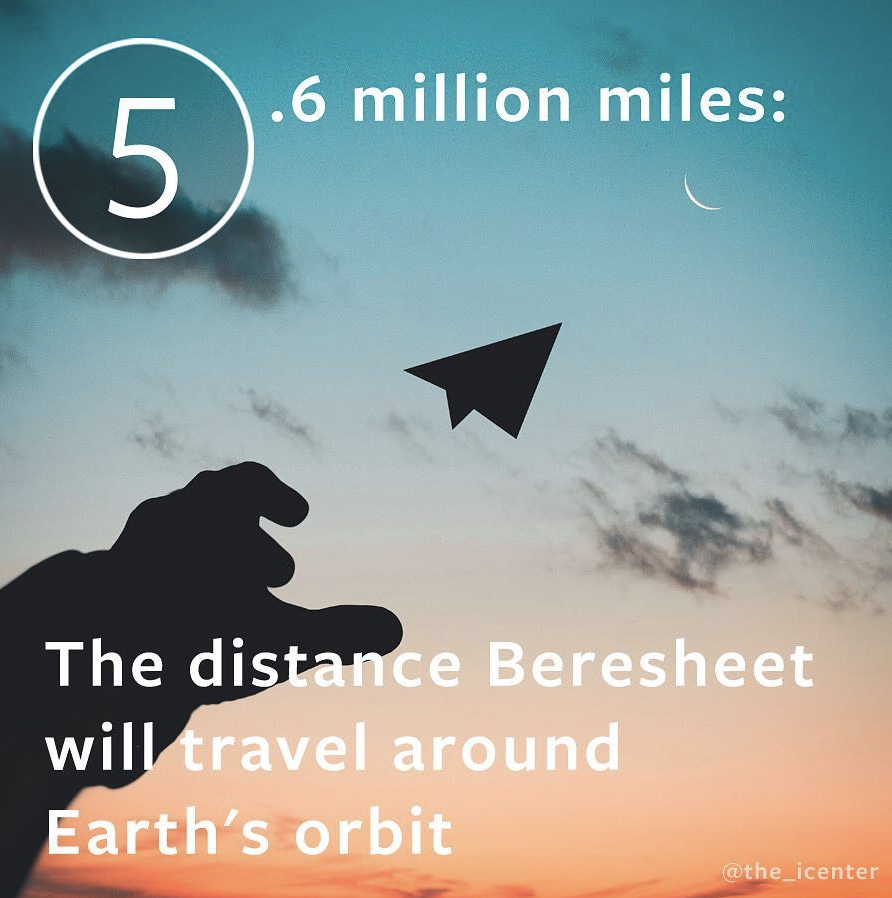
Israel will become the fourth country that organized a landing on the moon of its scientific apparatus, after the USSR (1959), the USA (1966) and China (2013).

Three young engineers founded SpaceIL in 2011: Yariv Bash (electronics and computer technology engineer), Kfir Damari (computer network teacher) and Jonathan Weintraub (satellite systems engineer, biophysicist graduate student).

Almost two months (47 days) will last the flight of the Bereshit apparatus to the moon, because it flies along the longest trajectory possible.

The engineers of SpaceIL and the Bereshit apparatus have one attempt to make their mission successful - to be able to accurately and correctly jump into the lunar orbit on April 4, 2019 and then make a successful landing on the surface on April 11, 2019. Well, be proud of their achievements.

The SpaceIL team of engineers is working together and under great pressure (psychological and technical, as there were already problems on board the vehicle during the mission, which they successfully coped with) with each new day of the flight, to make the landing of the device on April 11, 2019 a real date, not calculated.


Telemetry:

SpaceIL does not have its own space communications center, so the organization of data transmission between the MCC on Earth and the Bereshit device in space is a complex process, which involves:
- a network of antennas of the Swedish Space Corporation (Swedish Space Corporation), thanks to which the Bereshit device transmits navigation commands and tracks its trajectory;
- NASA's Remote Space Network (DSN) for controlling the Bereshit device and transmitting scientific data from the device to Earth after its landing on the Moon.
Verification of communication channels:

Prize from XPRIZE:
Eleven years ago, Google announced the launch of a competition called Google Lunar X Prize (GLXP). The winner should have been a company or an individual who could send an autonomous apparatus to the Moon, not necessarily even a complicated one.
However, according to the terms of the competition, the device must be able to walk, walk about half a kilometer across the surface of the moon, transmitting video and telemetry to Earth.
In 2018, it was announced that the competition ended without a winner.
However, of the 16 projects, only one is now in the final stage of implementation - the flight to the moon.

On March 28, 2019, the XPRIZE Foundation was announced in Los Angeles that they decided to award SpaceIL with an incentive prize (the so-called MOONSHOT AWARD) in the amount of $ 1 million for recognizing technical achievements and implementing the lunar mission.
Of course, the official awarding of the SpaceIL team will be made upon the successful completion of the lunar mission, so SpaceIL employees will also have a tight schedule of events and meetings from April 13, 2019, in which now XPRIZE reserved time in advance so that they would not wait in line with the award .
Why create such a situation and give a bonus?
First, to reward the project team and show that the achievements of engineers are expensive, because a lot of nerves were spent, thousands of hours for calculating the optimal flight pattern and eight years of work to accomplish the mission.
Secondly, to make it clear to other teams and project participants that everything is just beginning! And then we are waiting for new flights of commercial vehicles to the Moon, which will diversify there the existing and outdated engineering and technical park of moon rovers and descent modules.
Thus, in XPRIZE they want to stimulate the rest of the international teams to carry out their ambitious lunar missions in the future.
In XPRIZE, they are optimistic that such a first private landing of a device, such as the first drop of a domino knuckle, will further trigger a chain reaction that will allow launching a new era of affordable and diverse commercial missions to the moon and beyond.
Although, everything always begins with calculations and whiteboards with markers ...
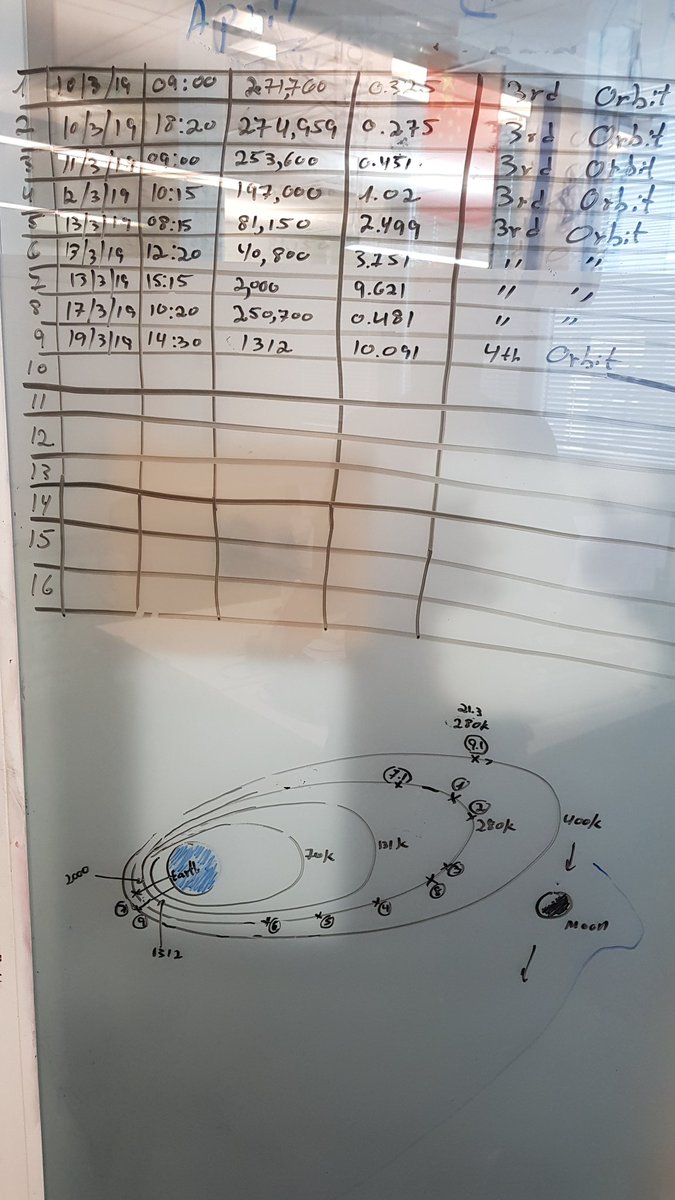
I invite everyone to the special webinar “Beresheet, Israelis Reach to the Moon” , which will be held on April 2, 2019 (8:00 PM: Moscow time).
Link to the registration of the event .

Do not forget to follow the mission "Bereshit" with:
- online resource with a simulator and real-time data on the current state of the mission “Bereshit”;

- NASA online simulator " Eyes on the Solar System ".
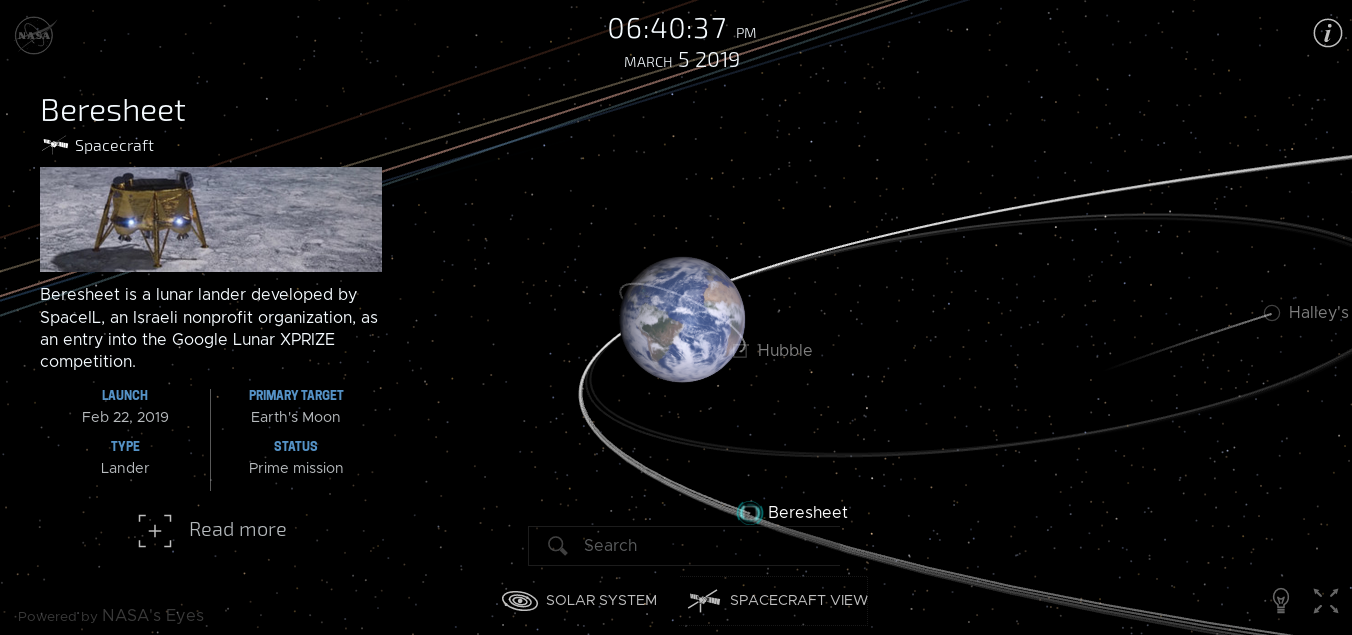
It also turns out that there is still such an interesting portal for studying the mission “Bereshit” and monitoring the parameters of the device: “ Where is Beresheet Probe ”.

Source: https://habr.com/ru/post/445884/
All Articles